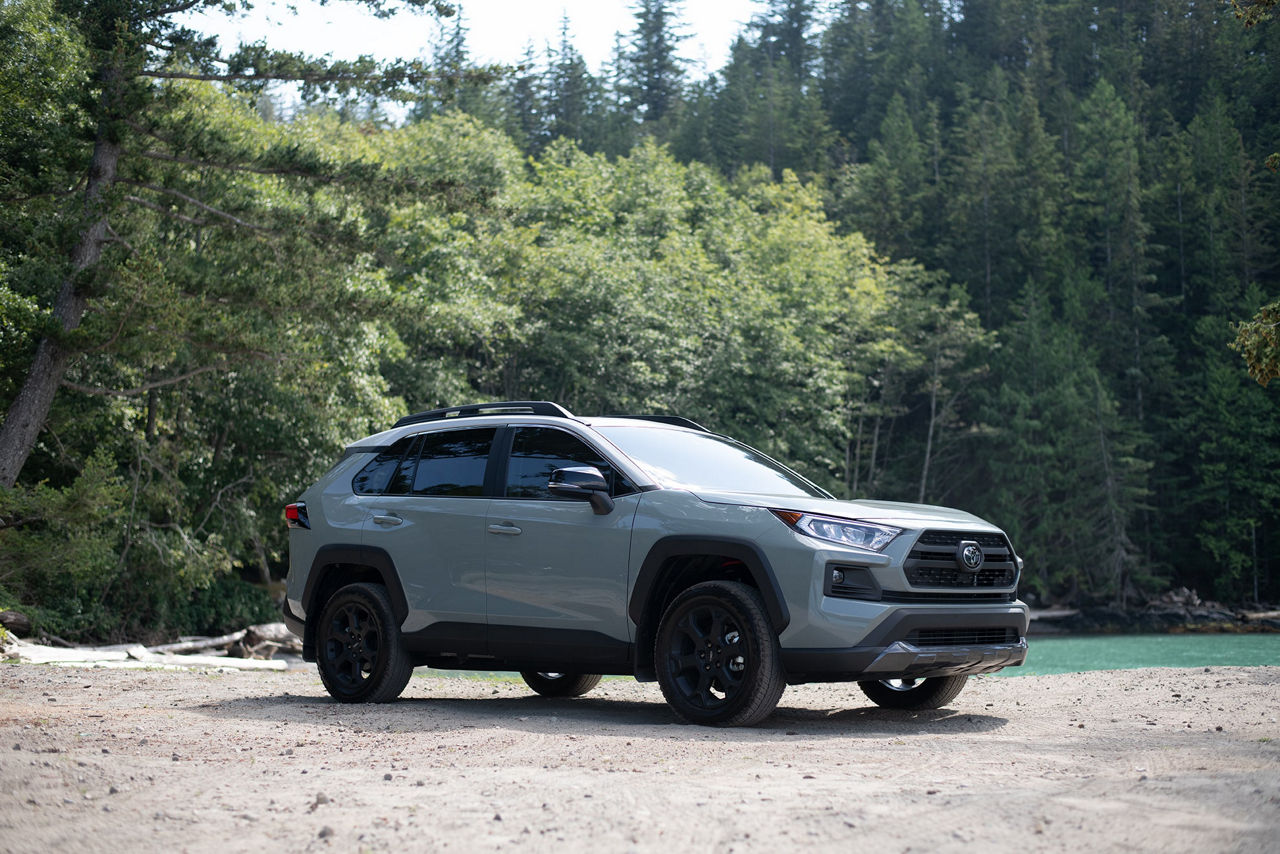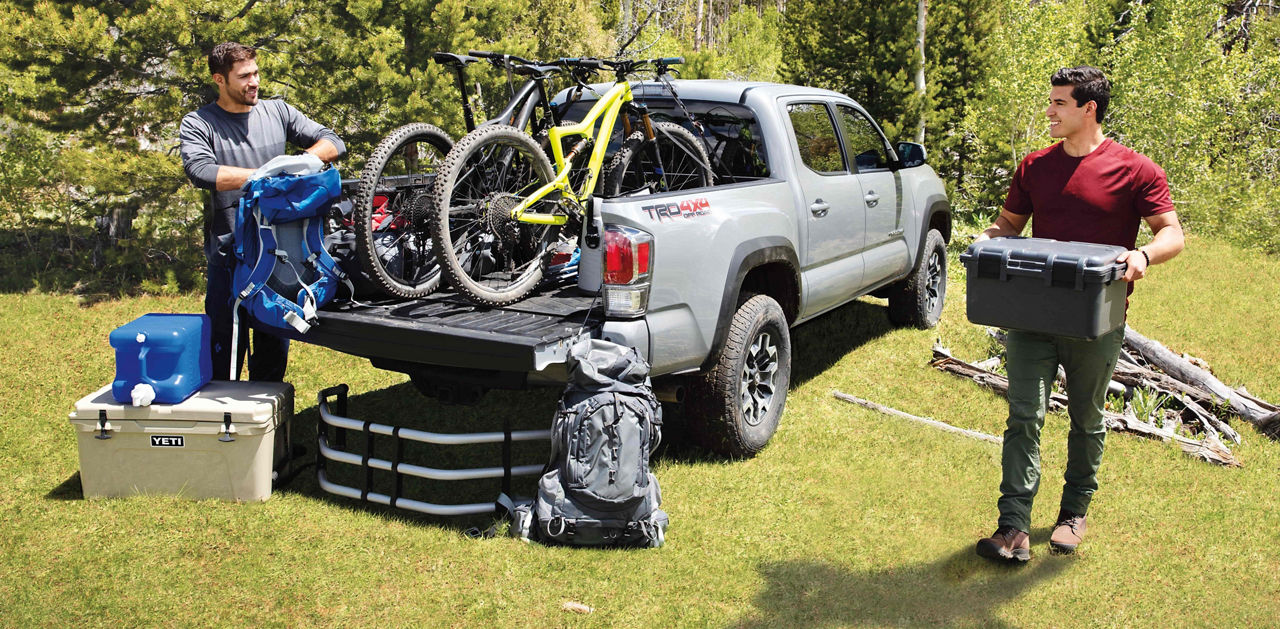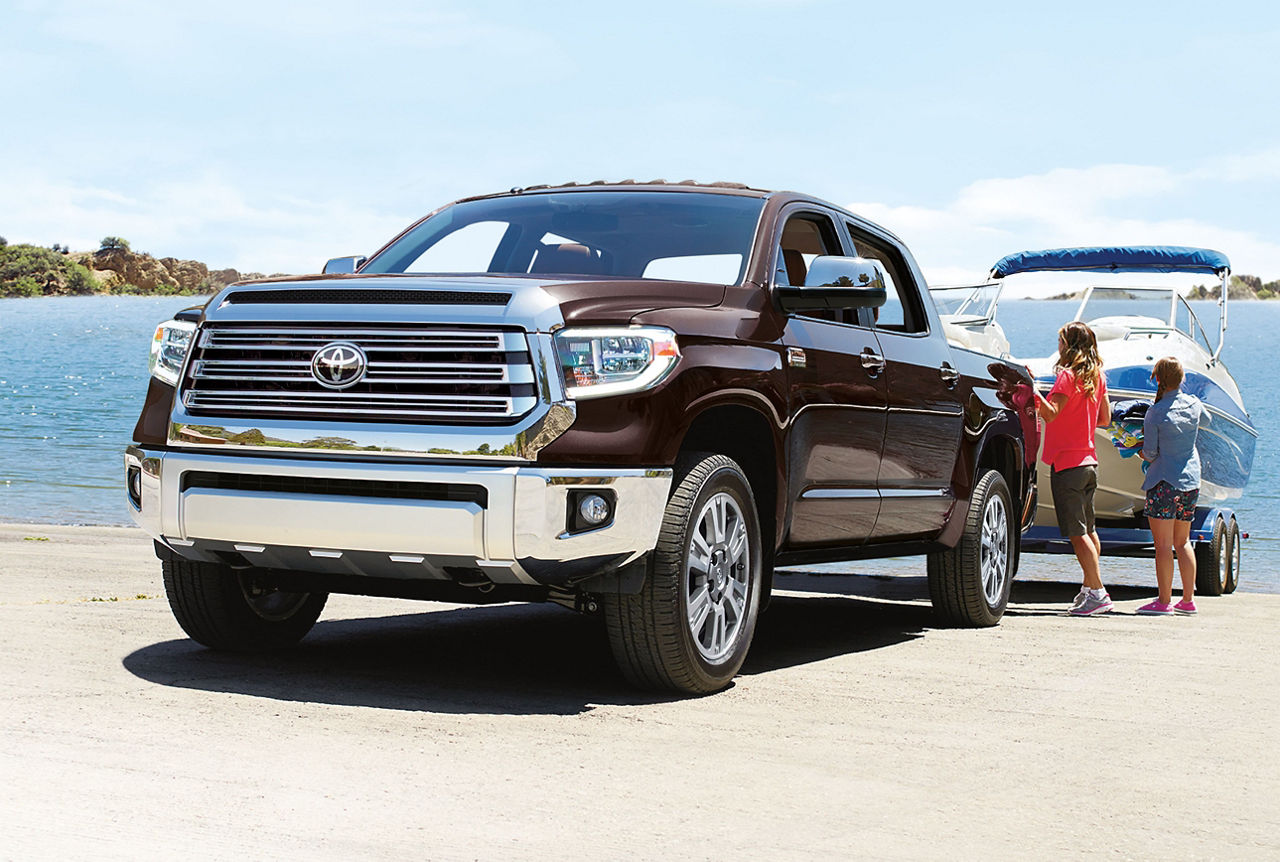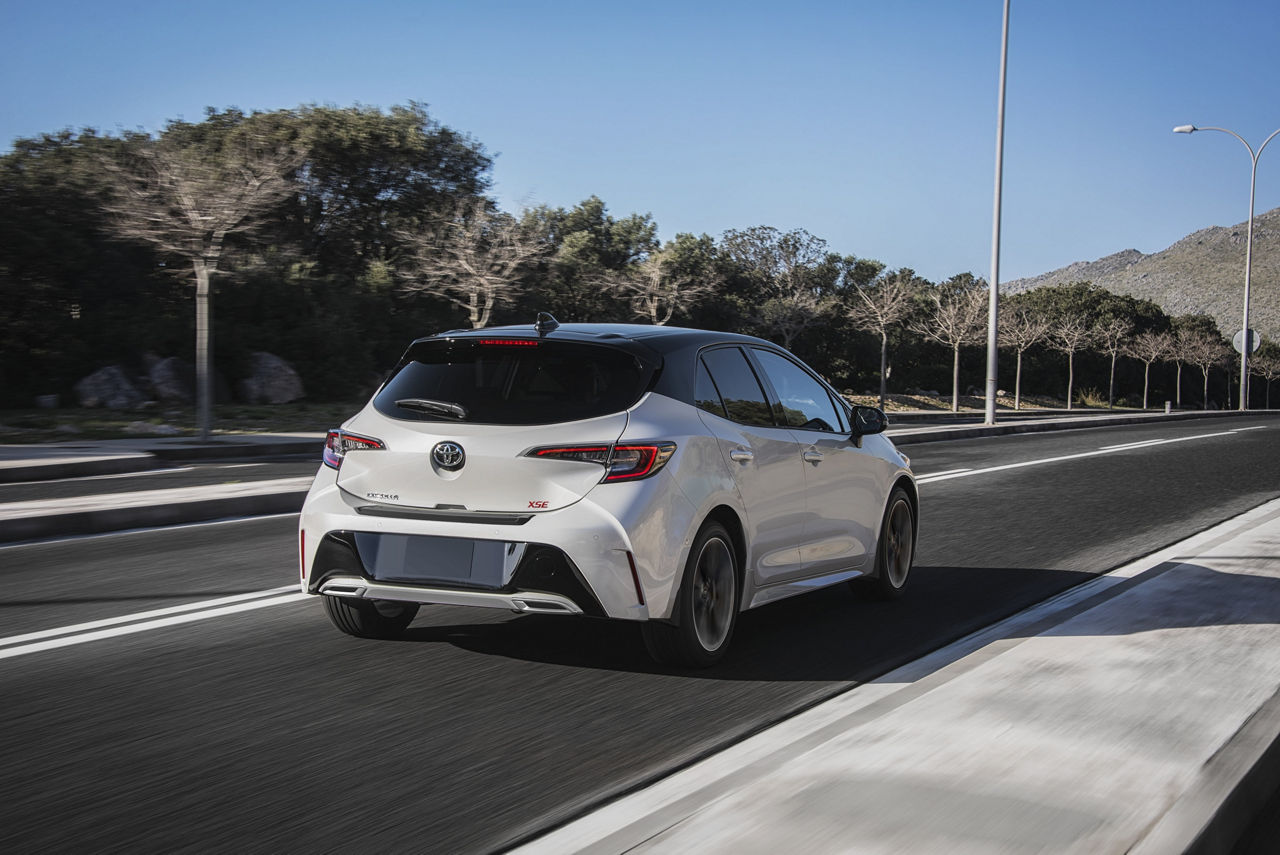Select a province & language
Entrance to this website assumes you have read and agree to these Legal Terms and Conditions and the Privacy Policy.
Entrance to this website assumes you have read and agree to these Legal Terms and Conditions and the Privacy Policy.
Torque is a twisting force that speaks to the engine’s rotational force and measures how much of that twisting force is available when an engine exerts itself.

Torque is present in everyday happenings, such as operating a doorknob, opening a soda bottle, using a wrench, or pedaling a bicycle. It’s torque that’s getting the job done!
Let’s break it down further. Imagine you’re tightening a bolt, using a wrench. You’ll apply some amount of force to the end of the wrench, which is transferred to the bolt at the other end. This applies torque, or a twisting force, to the bolt.
While horsepower is simply measured in horsepower, torque is typically measured in pounds feet (lb.-ft).
Here’s how that works: If we continue with our wrench example and you imagine you’re using a specific one-foot long wrench to tighten a bolt. Applying one pound of force to the end of that one-foot long wrench exerts one lb.-ft of torque on the bolt. More torque can be applied by adding more weight, or, by using a longer wrench.
The lug nuts that attach the wheels to your car typically need to be tightened to about 100lb.-ft of torque — meaning the operator must apply 100 pounds of force to the end of a foot-long wrench.
All engines, whether gasoline or hybrid, generate a certain amount of both horsepower and torque. The two are related to one another, and both express engine output in different ways. Torque is even used in the calculation of an engine’s horsepower. Both horsepower and torque are measured to give shoppers a sense of the performance they might expect from their vehicle.
Engines in mainstream cars and trucks typically generate 100 to 400 lb.-ft of torque. That torque is created by the pistons within an engine as they reciprocate up and down on the engine’s crankshaft, causing it to rotate (or twist), continuously. This torque is then transferred to the vehicle’s wheels through the transmission and drivetrain.
Torque output is a result of many variables, including the size of the engine, and how it is designed to operate.
In simple terms, the more torque an engine has, the better suited it is to hard work such as towing, hauling or climbing steep grades. This is why torque is often the figure of utmost importance when moving something big and heavy, like a truck with a trailer attached.
Horsepower and torque are different means of expressing the performance of a vehicle’s engine.
What is Horsepower? Horsepower conveys the engine’s overall capability across all conditions. Conversely, torque output conveys the peak output available from that engine, in a specific moment when it’s doing its hardest work.

To illustrate, lets imagine you’re shopping for a new stereo system. You might consider how loud the stereo goes. The maximum listening volume possible for sustained playback is like the horsepower of an engine: a good indication of how much power that stereo has.
Now, consider the stereo’s bass. Bass is a part of the listening experience that plays into the maximum volume (horsepower), though the bass is more likely to be evaluated for its peak level of ‘punch’, created for a brief moment.
In this way, horsepower is like the volume of a stereo, and torque is like the bass: both attributes are worth knowing, and for certain types of music (or vehicles), one may be more important than the other.
Horsepower provides a measurement of the engine’s overall performance. Torque provides a simple measurement of the maximum twisting force that engine can generate, when worked hard.
This is why pickup trucks have high-torque engines that generate more torque than a small car.

For instance, the Toyota Tundra’s 5.7L i-FORCE V8 engine has 381 horsepower, backed by a mighty 401 lb.-ft of torque. That high torque level provides drivers with plenty of capability for handling challenging work, such as towing, hauling, and climbing steep grades.
Conversely, the Toyota Corolla Hatchback comes with a Dynamic Force four-cylinder engine, with 168 horsepower and 151 lb.-ft of torque. In this vehicle, high torque output isn’t necessary, and fuel economy is a priority, so horsepower and torque are set by the engineers to balance pleasing performance against excellent fuel efficiency.

Finally, consider the hybrid car, which uses a gasoline engine that’s enhanced by an electric motor.
Electric motors are torque superstars, since they provide their full torque output instantly. You’ll see this next time you use your blender: The instant you turn it on, its electric motor applies maximum torque to the rotating blades, immediately, and with no waiting.
It’s this same instant and potent torque output that helps hybrid vehicles like the Toyota Prius, Corolla Hybrid and RAV4 Hybrid offer both reduced fuel consumption and improved performance.